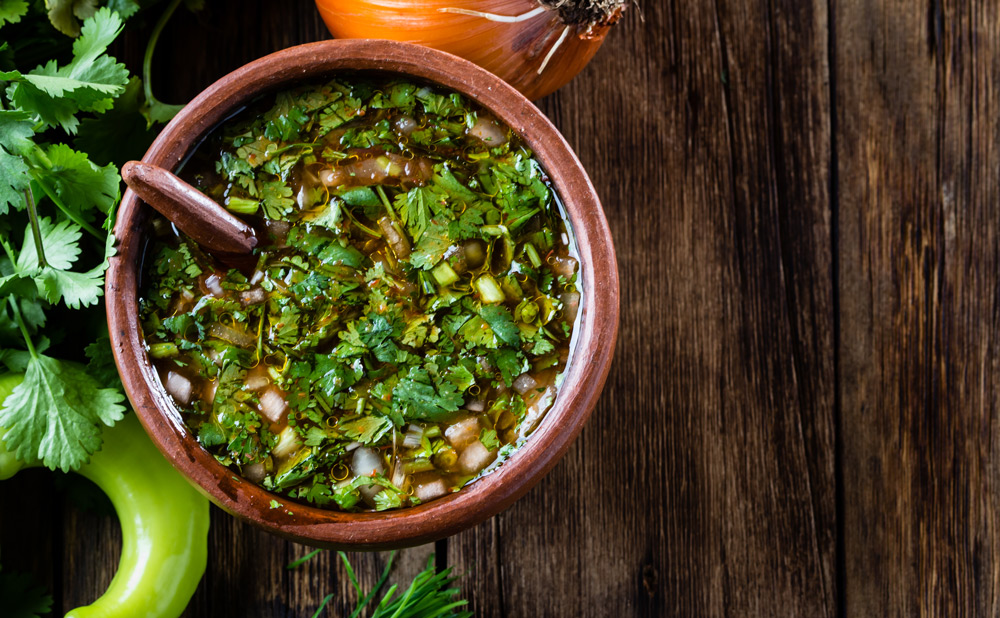The following is reprinted from an article on the American Diabetes Association website, summarizing a study published in the April 2016 issue of Diabetes Care.
What is the problem and what is known about it so far? The glycemic index, or GI, measures how much a carbohydrate-containing food raises blood glucose levels. A food with a high GI raises blood glucose more than a food with a medium or low GI. Researchers have discovered that certain types of fat affect blood glucose differently when you eat a high-GI meal.
Why did the researchers do this particular study? The researchers wanted to determine how the type of fat (or the lack of fat) eaten affects glucose levels after both a high-GI and low-GI meal.
Who was studied? A total of 13 patients with type 1 diabetes (8 women and 5 men) were recruited from the diabetes care unit of the University of Naples Federico II hospital in Naples, Italy.
How was the study done? Study participants consumed three high-GI meals in one week and then switched to three low-GI meals for an additional week. The meals had similar total carbohydrate content but were different in the amount and type of fat eaten. Meals were broken down as follows: 1) low in fat, 2) high in saturated fat (butter), and 3) high in monounsaturated fat (extra virgin olive oil). Participants’ blood glucose levels were measured continuously throughout the study weeks.
What did the researchers find? When patients ate a low-GI meal, the quality and the amount of fat did not significantly affect blood glucose levels after the meal. But when patients ate a high-GI meal, there was a rise in glucose levels soon after eating the meals with butter or low in fat. However, after the meal with extra virgin olive oil, there was no steep rise in blood glucose levels.
What were the limitations of the study? The meals were eaten at home, so the patients were not being directly monitored on what they were eating. This lack of oversight may have affected the reliability of the results. What are the implications of the study? This study shows for the fi rst time that the type of fat eaten significantly affects blood glucose levels after a high-GI meal in patients with type 1 diabetes. Avoiding foods rich in butter and using extra virgin olive oil could help improve your postprandial (after-a-meal) blood glucose levels.
Reference: Bozzetto L, Alderisio A, Giorgini M, et al. Extra-virgin olive oil reduces glycemic response to a high–glycemic index meal in patients with type 1 diabetes: a randomized controlled trial. Diabetes Care. 2016;39(4):518–524.

